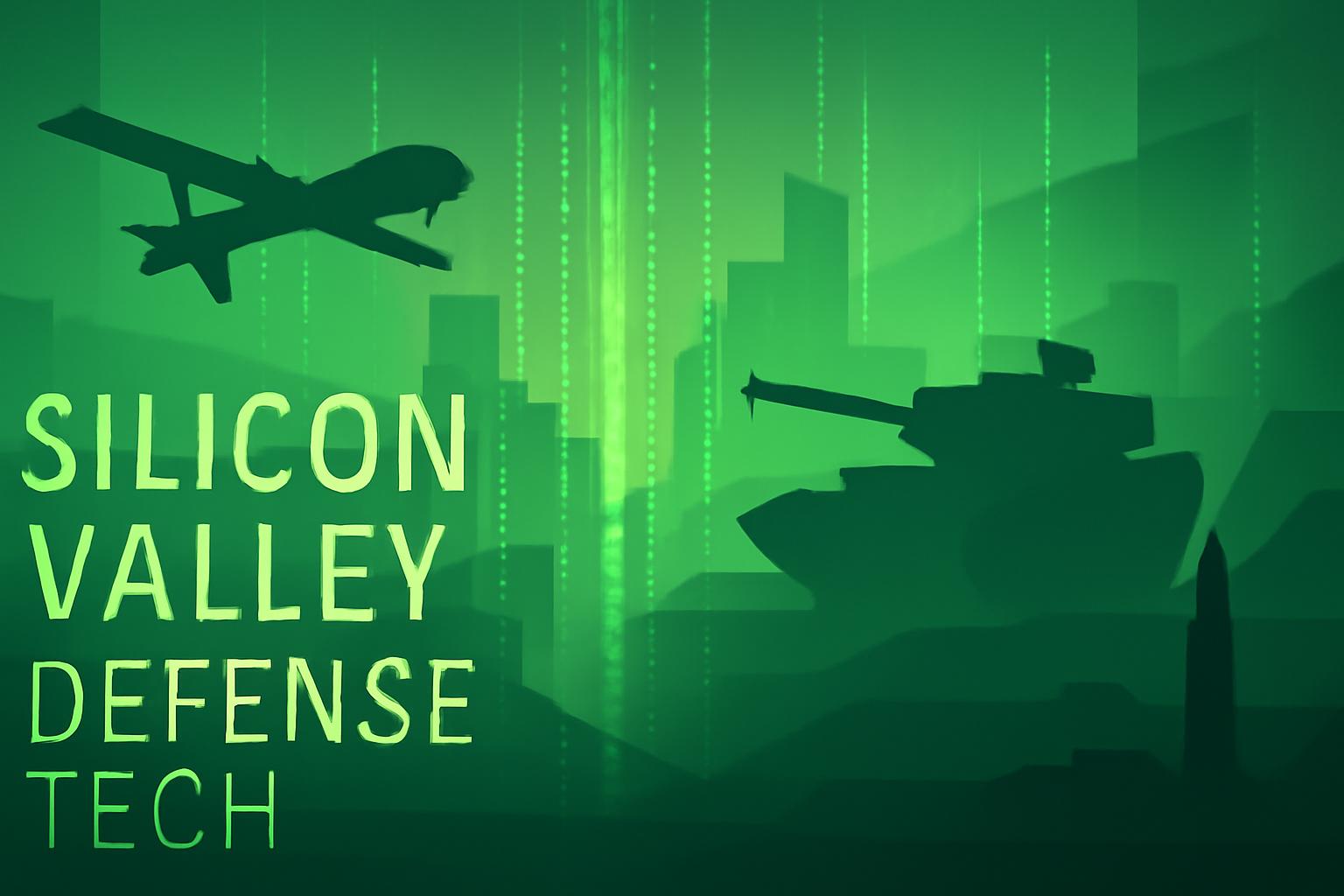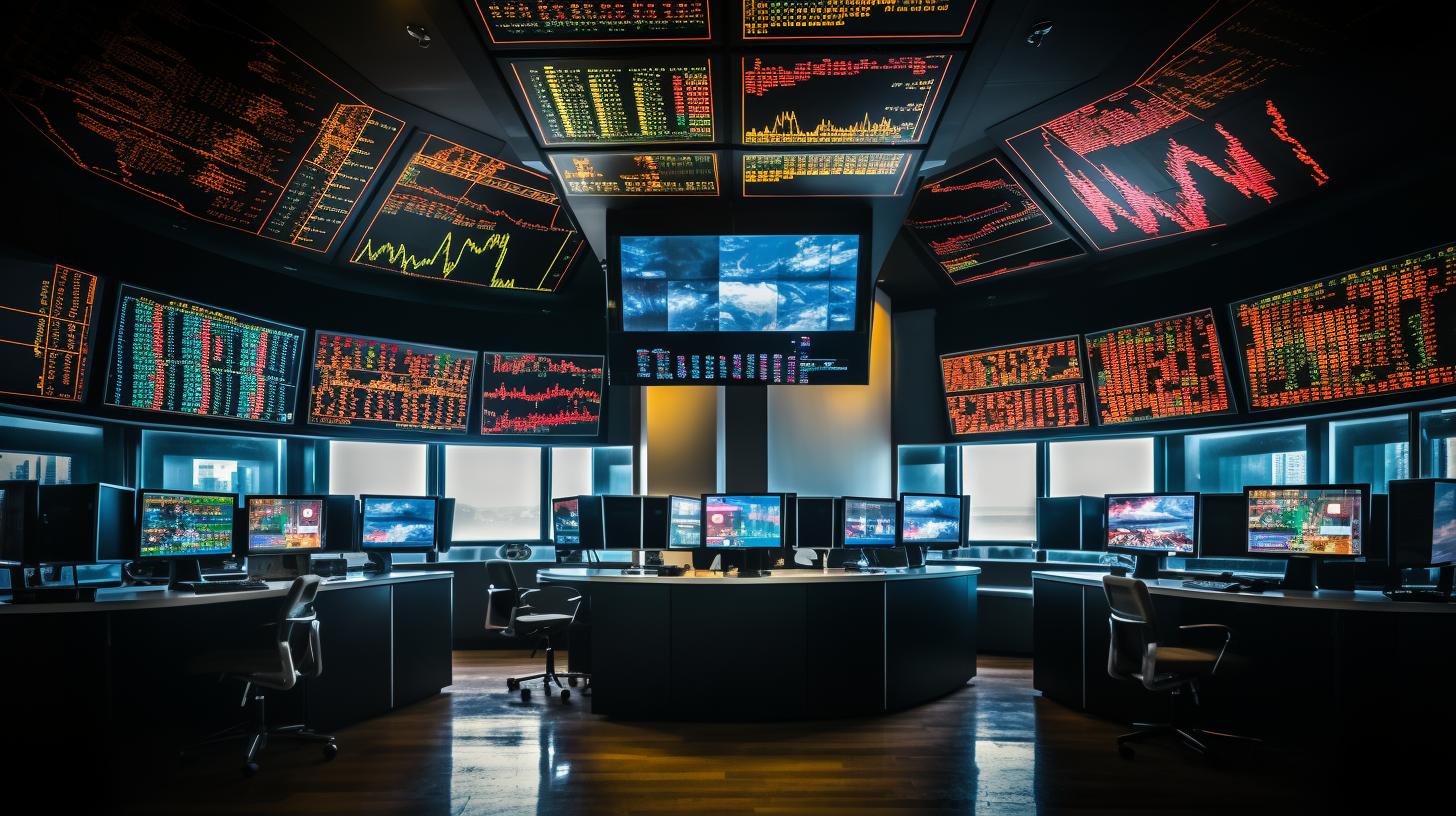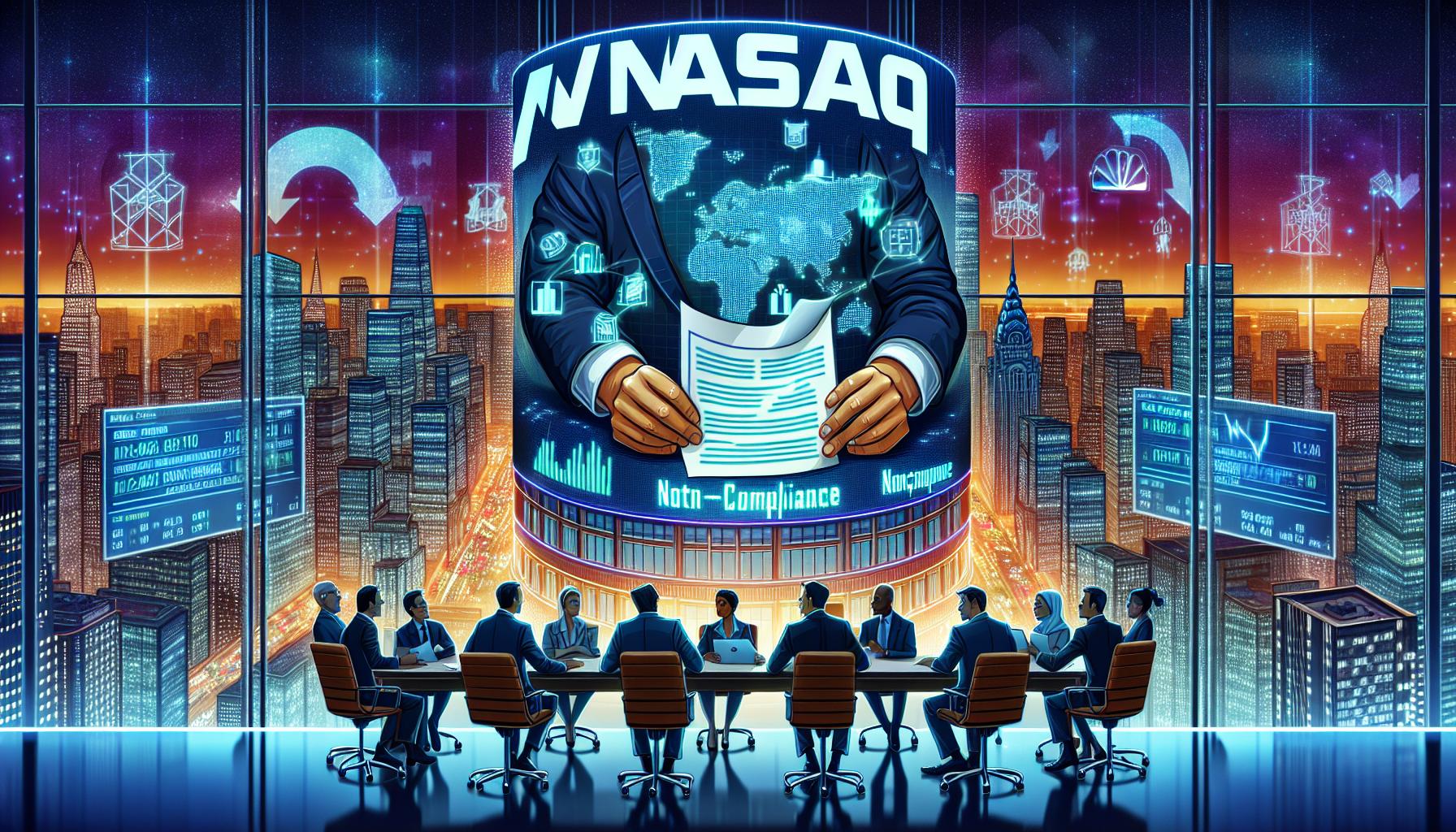Silicon Valley’s Defense Tech ‘Neoprimes’ Reshape National Security Landscape
Silicon Valley is witnessing a surge of defense technology startups, known as “neoprimes,” that are securing billions in funding and transforming the United States’ approach to national security. These emerging companies are challenging the longstanding dominance of traditional defense contractors, known as “primes,” such as Lockheed Martin, Northrop Grumman, Boeing, General Dynamics, and RTX (formerly Raytheon).
Leading the pack is Anduril Industries, which recently achieved a valuation of $30.5 billion following its latest funding round, underscoring the growing investor confidence in the new wave of defense innovators.
Rising Investment in Agile, Software-Driven Defense Companies
Jameson Darby, co-founder and director of autonomy at MilVet Angels (MVA), an investment syndicate focused on defense tech, highlighted to CNBC that “more money than ever” is flowing into neoprimes. While these investments remain a fraction of the overall defense budget, the upward trend is significant and accelerating.
Other notable startups disrupting the sector include SpaceX and Palantir Technologies, which bring a software-first approach and greater agility compared to the legacy primes.
Ernestine Fu Mak, co-founder of MVA and founder of Brave Capital, emphasized that these startups are filling “critical technology gaps” vital to national security through rapid innovation and lean operations.
Evolving Warfare Drives Demand for Advanced Technologies
The nature of warfare has evolved significantly since the post-9/11 era, shifting from counterinsurgency against low-tech adversaries to high-tech competition among great powers. This transformation has prompted the U.S. Department of Defense to prioritize technologies such as hypersonics, energy resilience, space capabilities, integrated sensing, and cyber warfare.
“The battlefield is changing and new technologies are needed. Warfare is no longer limited to land, sea, and air. Cyber and space domains have become contested,”
Ernestine Fu Mak, Co-founder, MilVet AngelsDarby noted that the Department of Defense is actively adopting dual-use technologies — those with both commercial and military applications — such as artificial intelligence and autonomous systems. This strategic direction signals to investors and entrepreneurs where innovation is most urgently needed.
MilVet Angels and the Emergence of the ‘New Guard’
MilVet Angels emerged publicly in September 2025 after quietly investing in leading defense startups since 2021. The syndicate comprises roughly 250 members, including technology founders, Wall Street financiers, intelligence officials, former military leaders, and Navy SEALs.
Mak described this coalition as the “new guard,” emphasizing that neoprimes require a blend of technical expertise and a deep sense of mission. Their combined insight and innovation are vital to strengthening the national security ecosystem.
“Modern national security requires both the warrior’s insight on the battlefield and the builder’s drive for innovation.”
Ernestine Fu Mak, Co-founder, MilVet AngelsCompanies supported by MVA include Anduril Industries, Shield AI, Hermeus, Ursa Major, and Aetherflux, all at the forefront of integrating cutting-edge technology with defense applications.
Defense Tech’s Mission: Deterrence Over Warfare
Both Mak and Darby stressed that the primary goal of these defense innovators is deterrence, not the initiation of conflict. By developing credible, technologically advanced capabilities, these companies aim to discourage aggression and preserve peace.
“No one in defense tech is looking to wage war, rather, it’s looking to deter it and wanting adversaries to think twice before threatening peace and stability.”
Ernestine Fu Mak, Co-founder, MilVet AngelsFinOracleAI — Market View
The rise of Silicon Valley’s defense startups represents a pivotal shift in the U.S. defense ecosystem. The infusion of venture capital into agile, software-first companies is accelerating innovation in critical areas such as AI, autonomy, hypersonics, and space technology. These neoprimes are not only challenging entrenched primes but also providing the Department of Defense with essential tools to navigate evolving multi-domain conflicts.
- Opportunities: Rapid innovation cycles, integration of dual-use technologies, and increased private sector engagement enhance U.S. technological edge.
- Risks: Potential cybersecurity vulnerabilities, escalation of arms races in emerging domains, and dependence on venture funding cycles.
- Strategic partnerships between government and startups could redefine defense procurement and operational capabilities.
- Continued investment momentum is critical to sustaining technological leadership amid global great power competition.
Impact: The growing influence of neoprimes is a positive development, signaling a more innovative, flexible, and technology-driven U.S. defense posture that aligns with contemporary security challenges.













